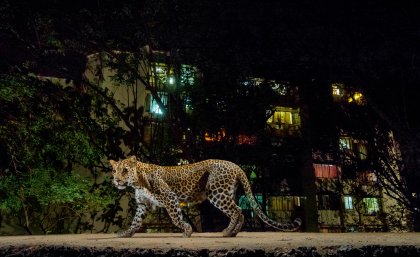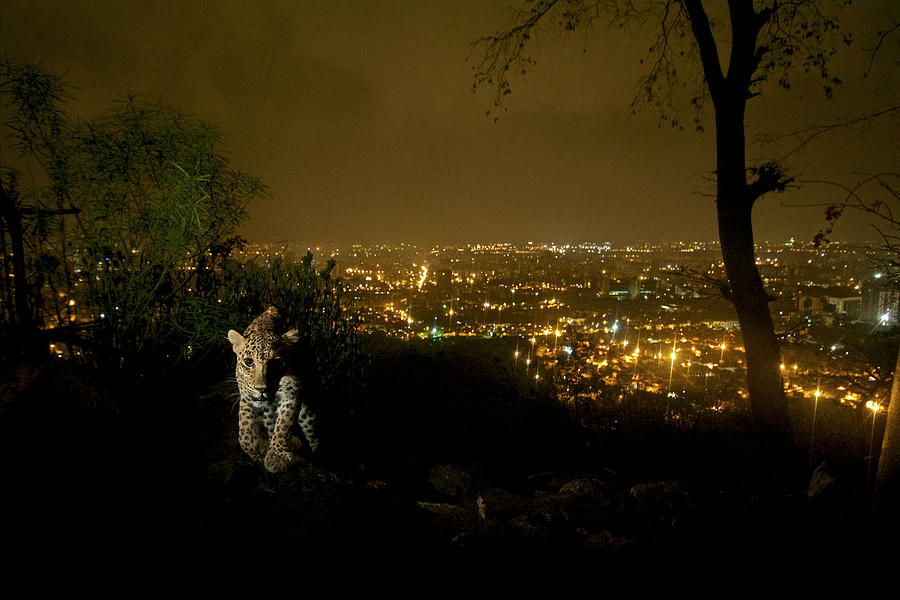
It’s a leopard-eat-dog world – and people are benefiting from it.
A study has found the world’s densest population of leopards may be saving human lives by feeding on feral dogs.
The international study, led by University of Queensland researchers, shows that leopards may reduce bites and subsequent rabies risk for people by consuming feral dogs in Mumbai, India.
School of Earth and Environmental Sciences PhD students and authors Christopher O’Bryan and Alexander Braczkowski found that a small population of 35 leopards in Mumbai may consume about 1500 dogs per year, preventing around 1000 bite incidents, and 90 potential rabies cases.
“Stray dogs are the leading cause of rabies deaths in India, killing 20,000 people per year, so if there’s a natural predator in the landscape that can reduce that risk, it’s worth investigating,” Mr Braczkowski said.
The researchers compiled previous studies and found the average leopard diet in Mumbai contained 40 per cent stray dog.
“These results highlight the need for more research on the impacts of predators on harmful pest species, such as feral dogs,” Mr Braczkowski said.
Mr O’Bryan said the study is a prime example of a reviled large carnivore providing unique services to a local community.
“Leopards are frequently persecuted throughout the region with conflict often arising over livestock, but we show these unique predators can also be beneficial to human societies,” Mr O’Bryan said.
“Our paper discusses the role of leopards at reducing the density of stray dogs around the Sanjay Gandhi National Park in Mumbai, a protected area located in the middle of the sixth most populated city in the world.”

The researchers stress the importance of evaluating both the negatives and the positives of large carnivores in human-dominated areas.
“While it’s very important that we evaluate the benefits of these leopards and similar large carnivores, it’s equally important to assess the costs of these species to local communities, such as attacks on people,” Mr O’Bryan said.
“The real challenge is navigating the costs with the benefits, and identifying those cases of net-benefit.”
Leopards have lost nearly 80 per cent of their global historic distribution, and are under threat from conflict with people, competition for prey, and habitat loss, according to the International Union for the Conservation of Nature.
Research fellow for the Global Change Institute Dr Hawthorne Beyer was also a senior author of the article.
The article Leopards provide public health benefits in Mumbai, India appears in the March 2018 edition of Frontiers in Ecology and the Environment journal (DOI: 10.1002/fee.1776).
Media: Christopher O’Bryan, c.obryan@uq.edu.au, +61 449 599 035. Alexander Braczkowski, alexander.braczkowski@gmail.com.
Note: All images by Steve Winter, National Geographic. Images may only be used with credit.
.jpg)










